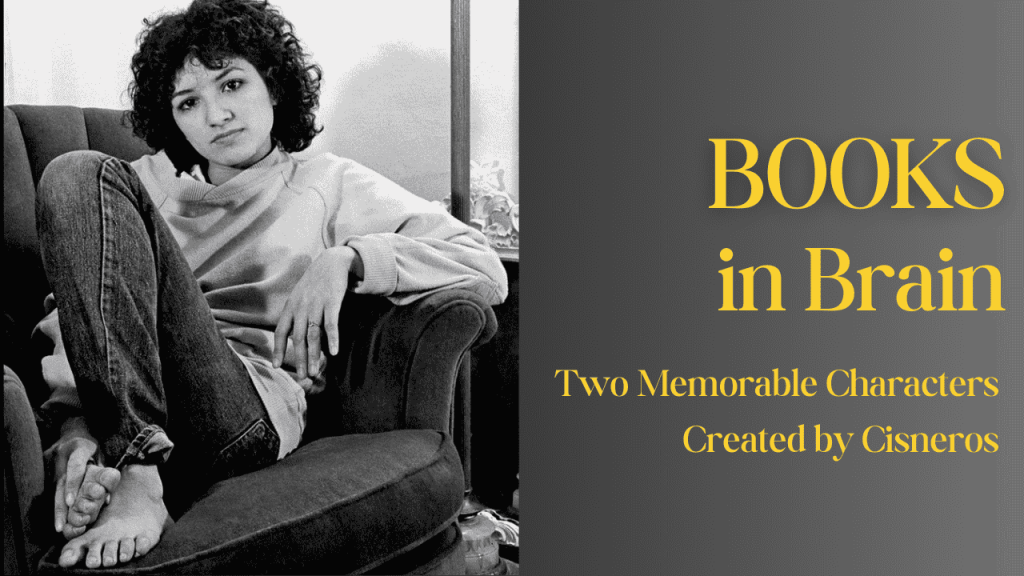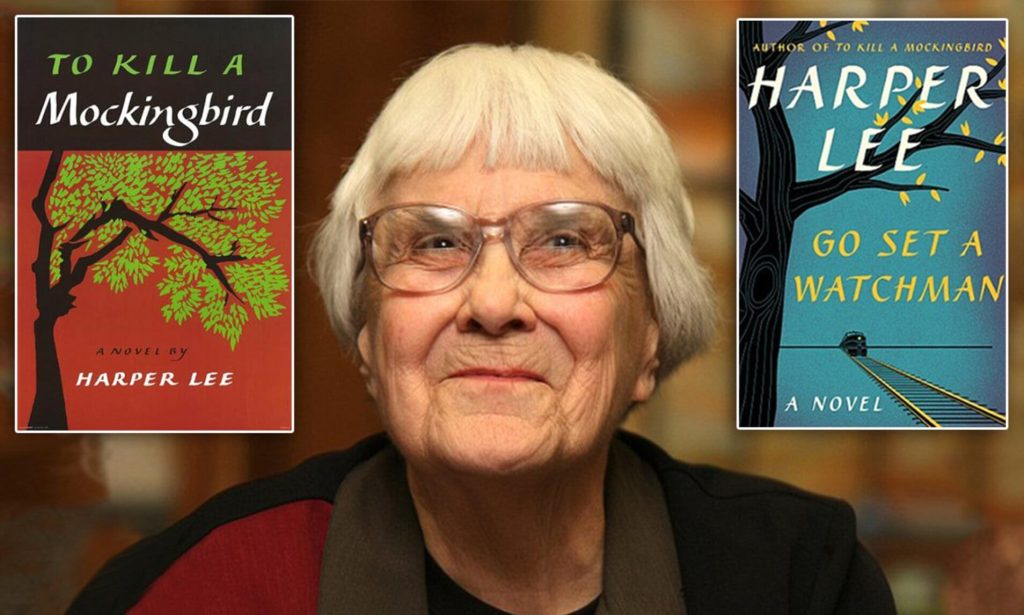Sandra Cisneros is a powerhouse in American literature. She is known for her captivating stories centered on identity, culture, and personal experience. Her characters often reflect the struggles and hopes of people caught between two worlds: the world of their family’s traditions and the complicated world outside.
Among these, two characters stand out as particularly memorable: Esperanza Cordero from The House on Mango Street and Cleófilas from Woman Hollering Creek.

Let’s take a closer look at why these two characters resonate with so many readers.
Who Is Sandra Cisneros?
Born in 1954 in Chicago to a Mexican-American family, Sandra Cisneros grew up in a world shaped by two cultures. This dual identity is a recurring theme in her work. It explores the challenges of finding one’s place in the world while staying connected to one’s roots.
Cisneros is perhaps best known for her book The House on Mango Street. It’s a coming-of-age novel that has been taught in classrooms across the United States. But her impact doesn’t stop there.
She has written short stories, poetry, and essays. All these touch on the lives of women, immigrants, and those who feel marginalized in society. Through her writing, she gives a voice to people who are often overlooked which makes her characters unforgettable.
Two Memorable Characters Created by Cisneros
Character 1: Esperanza Cordero from The House on Mango Street
Esperanza Cordero is the young protagonist of The House on Mango Street, a novel that follows her journey as she grows up in a poor Latino neighborhood in Chicago. The novel is a collection of vignettes—short stories—that offer snapshots of her life and the people around her.
Through Esperanza’s eyes, we see the challenges of growing up in a place where poverty, sexism, and violence are common. However, dreams for a better life are still strong like in other places.
- Key Traits
Esperanza is a dreamer, someone who wants more than what she sees on Mango Street. She is determined to break free from the limitations placed on her by her environment and the expectations of others. While she loves her family and appreciates her cultural heritage, she doesn’t want to be defined by the hardships of her neighborhood.
She is also reflective, often thinking deeply about her life and the people she encounters. This introspective nature makes her relatable to readers who have also struggled with questions of identity and belonging.
- Esperanza’s Impact
Esperanza represents the universal desire for a better life. Her journey isn’t just about escaping physical poverty but also about finding self-worth.
Readers like young women see themselves in Esperanza’s struggle to define the future on her own terms. Her story teaches us that hope and determination can make changes in life even the situations are worst.
- Memorable Quote
One of the most famous lines from Esperanza comes when she talks about her dreams for the future:
“One day I will say goodbye to Mango. I am too strong for her to keep me here forever.”
This quote encapsulates her determination to rise above her circumstances and create a life that is entirely her own.
Character 2: Cleófilas from Woman Hollering Creek
Cleófilas is the central character in Woman Hollering Creek, a short story about a young Mexican woman who marries a man from Texas and moves with him to the United States. She dreams of a life filled with love and passion, inspired by the telenovelas (soap operas) she grew up watching in Mexico.
However, her reality is far different from the romanticized version of life she imagined. Cleófilas finds herself trapped in an abusive relationship, far away from her family and the world she knows.
- Key Traits
Cleófilas is initially hopeful and somewhat naive. She enters her marriage full of dreams but quickly realizes that her husband is not the loving partner she had hoped for. As the story progresses, we see Cleófilas’s inner strength emerge. Despite the abuse and isolation, she starts to reclaim her sense of self.
She also represents the struggles faced by many women who feel trapped by their circumstances—whether because of their relationships, societal expectations, or financial limitations. Cleófilas’ experience is not unique; many women around the world can relate to her story of silent suffering and the difficult choices she faces.
- Cleófilas’ Journey
Cleófilas’s journey is one of quiet endurance and eventual empowerment. At first, she tolerates the abuse because she feels she has no other choice. She is far from her family, has no money of her own, and doesn’t speak English fluently. However, as time passes, she begins to dream of escaping the life she’s found herself in.
The turning point in her story comes when she hears about the legend of La Llorona, the woman who is said to haunt the creek near her home. The creek, named “Woman Hollering,” becomes a symbol of Cleófilas’ desire for freedom.
With the help of a kind neighbor and a nurse, Cleófilas eventually finds the courage to leave her abusive husband and cross the creek to safety—both literally and metaphorically.
- Memorable Quote
At one point in the story, Cleófilas reflects on the contrast between the life she dreamed of and the reality she now faces:
“This is not the man of my dreams, not the man I have waited my whole life for.”
This quote captures Cleófilas’ realization that the fairy tale romance she imagined does not exist in her world. It marks the beginning of her path to reclaiming her independence.
Why Do These Characters Resonate with Readers?
Both Esperanza and Cleófilas resonate deeply with readers because they represent universal struggles—particularly those faced by women. Esperanza’s story is one of coming of age and finding independence, a journey that many people, especially young women, can relate to. Her determination to rise above the limitations placed on her by her environment makes her a symbol of hope and resilience.
Cleófilas, on the other hand, speaks to the experiences of women who feel trapped by their circumstances. Her journey from victim to survivor mirrors the difficult choices that many women in abusive relationships must face. Both characters, in their own ways, deal with the complexities of identity, gender, and the desire for something more.
Cisneros’ writing is powerful because she doesn’t just create characters, she gives them life. Through her vivid descriptions and emotional depth, readers can see themselves in these women.
Conclusion
Sandra Cisneros has created a rich tapestry of characters in her stories. Esperanza Cordero and Cleófilas stand out as two of the most memorable. Both women face tremendous challenges but find ways to dream, fight, and hope for something better.
Whether it’s Esperanza’s desire to leave Mango Street and define her own path, or Cleófilas’ quiet struggle to escape her abusive husband, these characters remind us of the strength and resilience of women everywhere.



Pingback: The House on Mango Street: Sandra Cisneros' Classic - Books in Brain
Pingback: Memorable Characters Created by Brandon Sanderson – Books in Brain